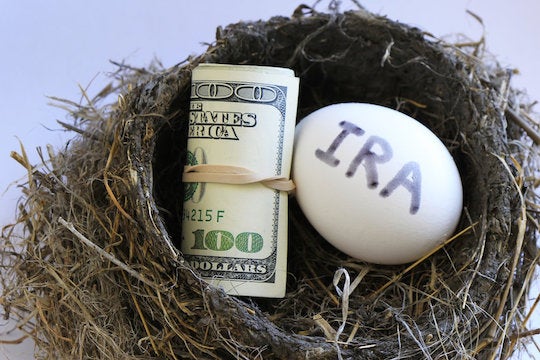HOUSTON – (April 21, 2022) – The Securing a Strong Retirement Act would greatly enhance Americans’ ability to build sufficient nest eggs, according to an expert from Rice University’s Baker Institute for Public Policy.
A significant number of Americans aren’t saving enough for retirement, says Joyce Beebe, a fellow in public finance at the institute. The bill, also known as SECURE Act 2.0 because it builds on the Setting Every Community Up for Retirement Enhancement Act of 2019, would boost savings by adding flexibility in contributing to and utilizing employer-sponsored retirement accounts, she argues.
Beebe is available to speak to the news media about the legislation.

“Lawmakers believe such flexibility will enable workers to start saving earlier and across longer durations,” Beebe wrote in her Baker Institute blog post. “The revisions also make it easier for workers to save during all stages of life.”
The SECURE Act increased the age at which a taxpayer must take the required minimum distribution from their IRAs from 70 1/2 to 72. The SECURE Act 2.0 would increase the age incrementally to 75 by 2033.
“This provision allows workers to keep retirement funds in their accounts longer, which benefits both workers who decide to work longer and workers with solid savings who do not need to make IRA withdrawals,” Beebe wrote.
The bill would also require newly established workplace-based plans to automatically enroll eligible employees. Workers would start at a 3% paycheck contribution, with the amount increasing by 1% annually until reaching 10% unless participants opt out. This would help workers start saving earlier and thus benefit from compounding interest, Beebe said.
The bill would also mandate that employees who work part-time for a company for two years and at least 500 hours each year be allowed to participate in that company’s retirement program.
Additionally, the bill would codify a provision long advocated by supporters of student loan relief.
“Employer plans such as the 401(k) and 403(b) will be allowed to match participants’ student loan payments similar to those of retirement plans,” she wrote. “In other words, employees with student loan balances can pay down student loans instead of contributing to the retirement plans while still benefiting from employers’ matching contribution.”
Beebe says the SECURE Act 2.0 has significant bipartisan support in the House, even with the Senate expected to modify it later this year.
“No matter what the final bill includes, the package is expected to refine the SECURE Act and provide more incentives for American workers to save for retirement,” she said.

